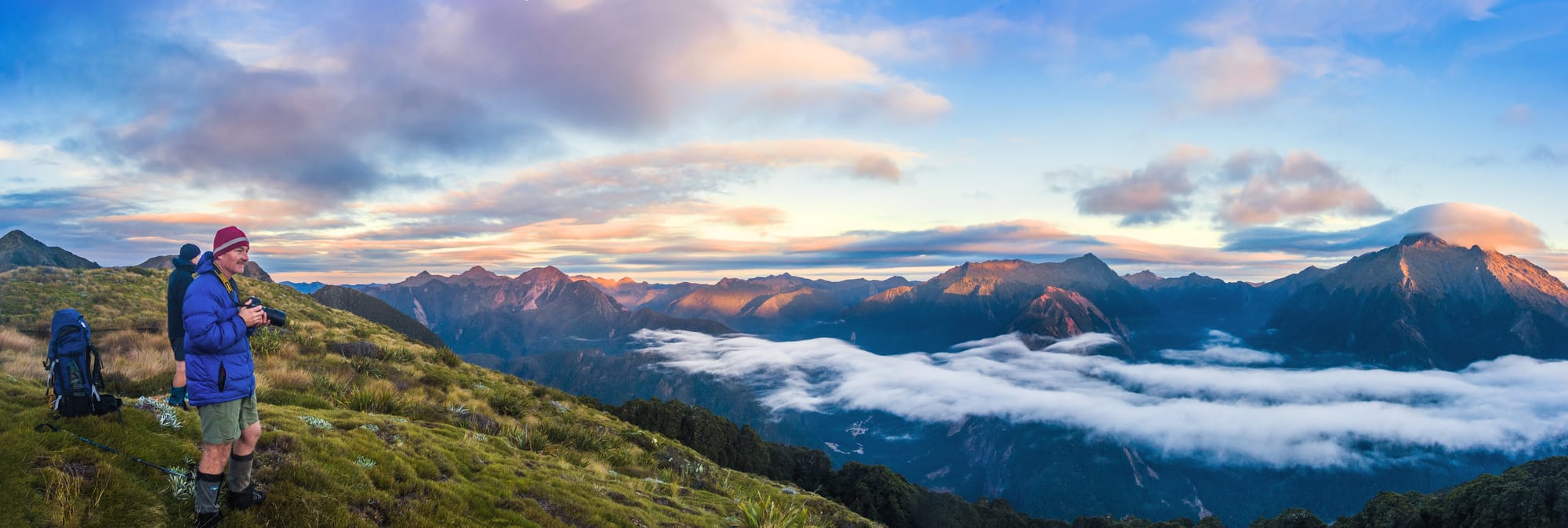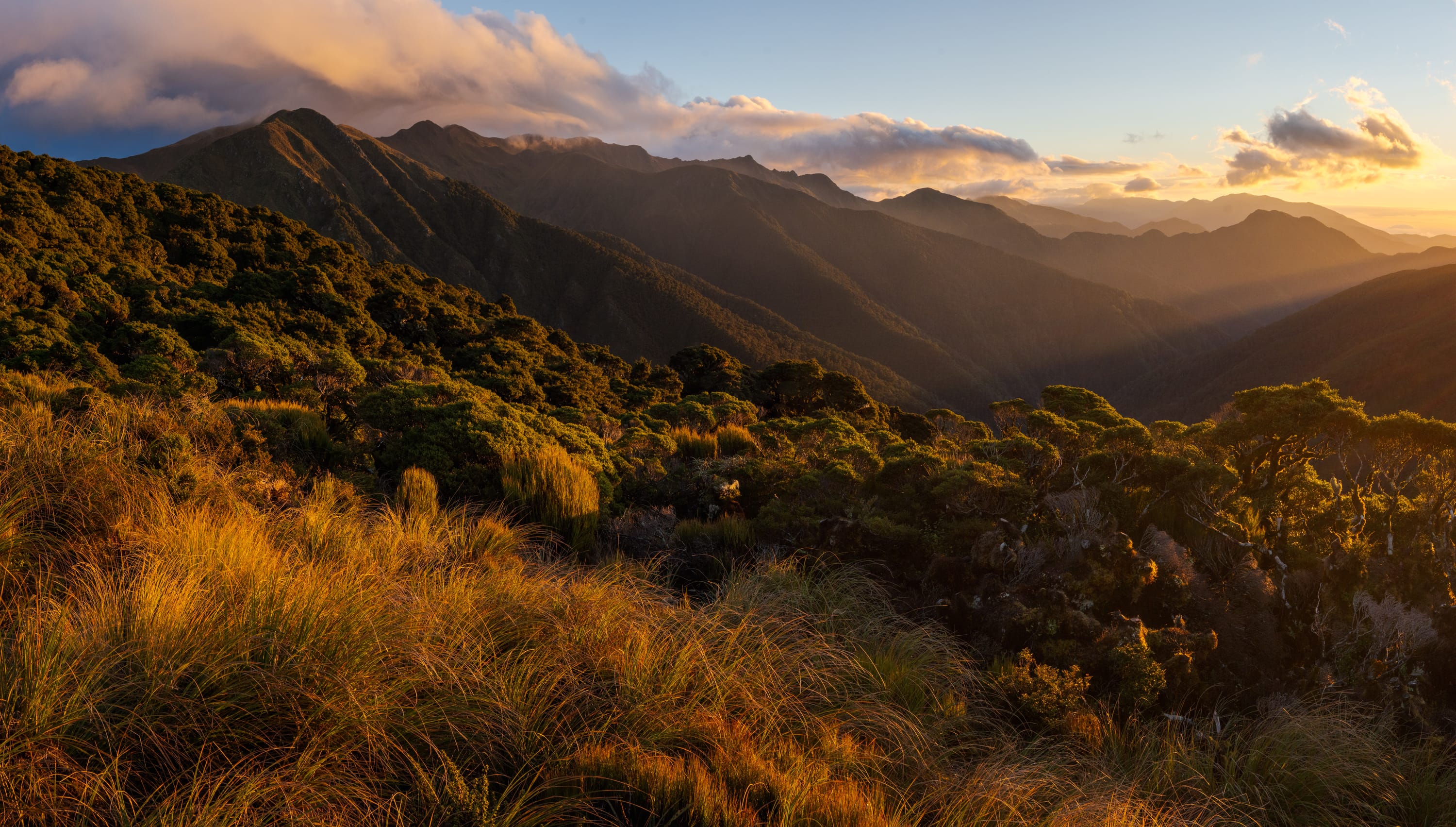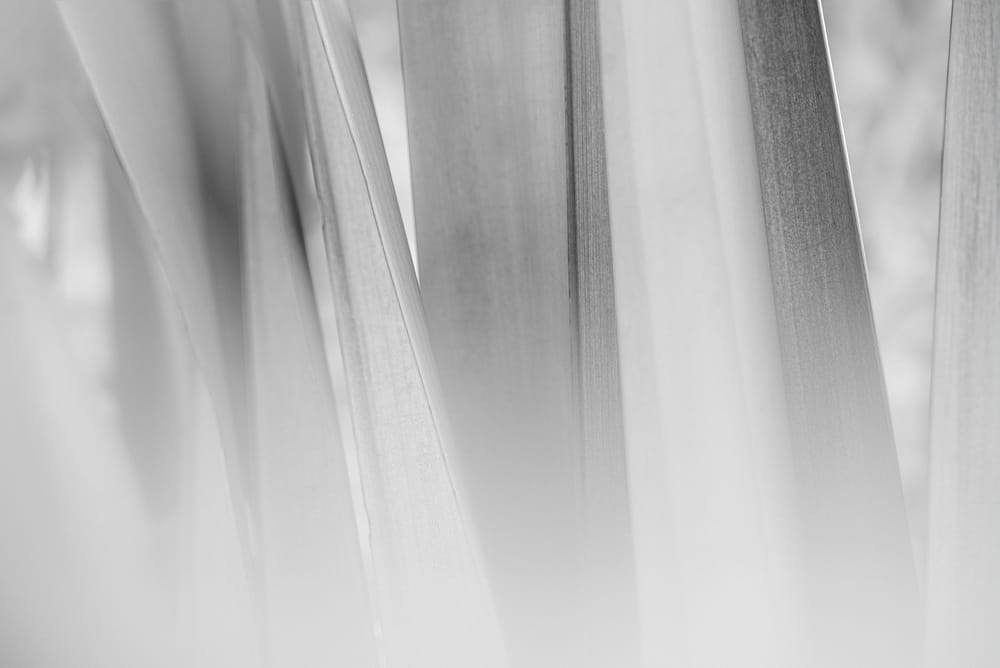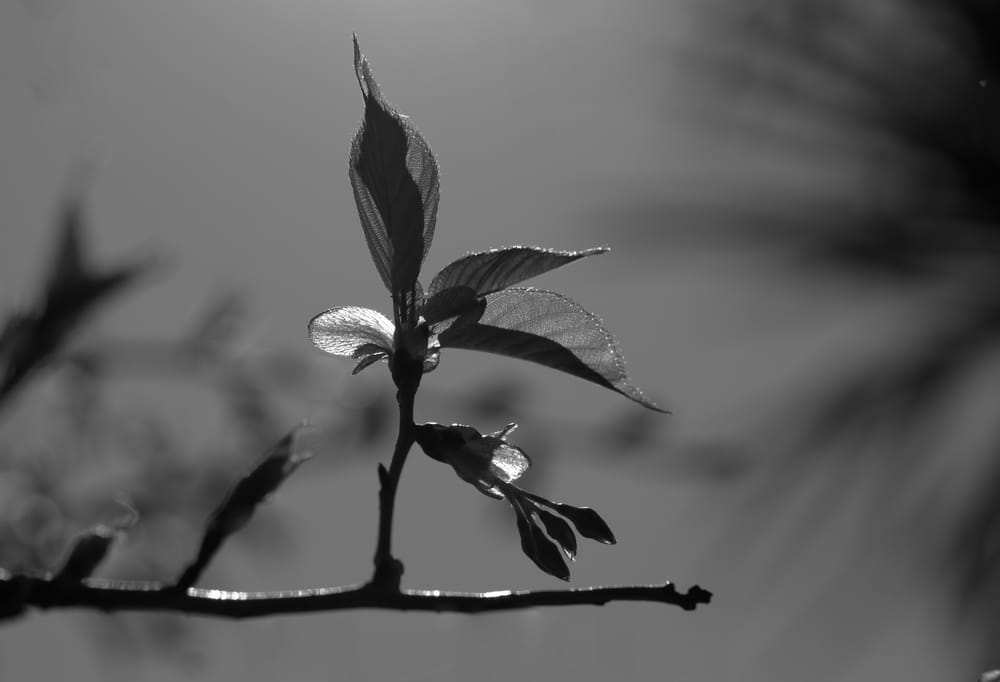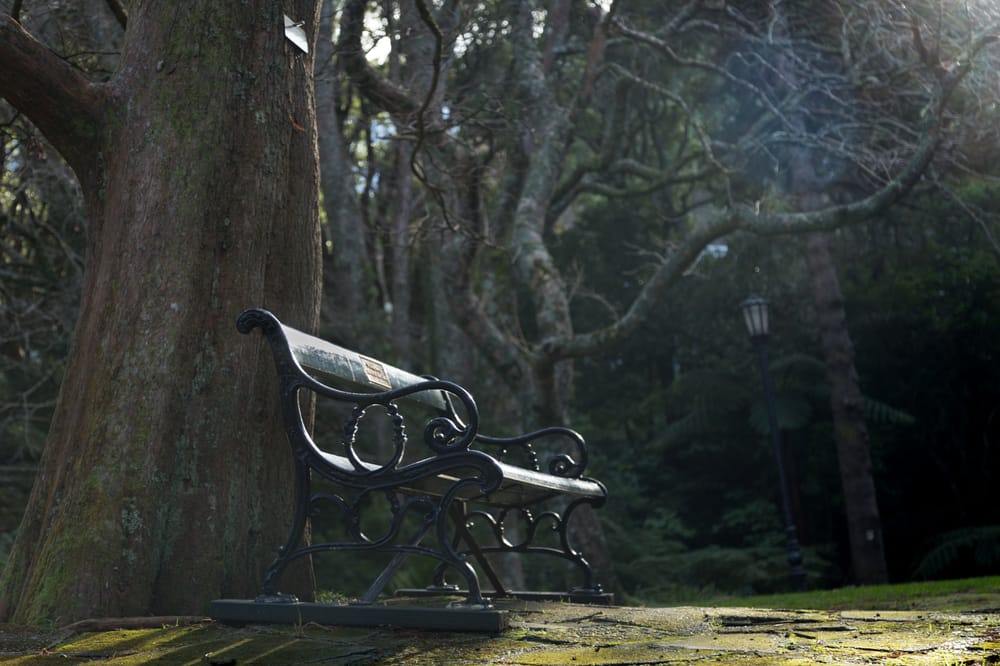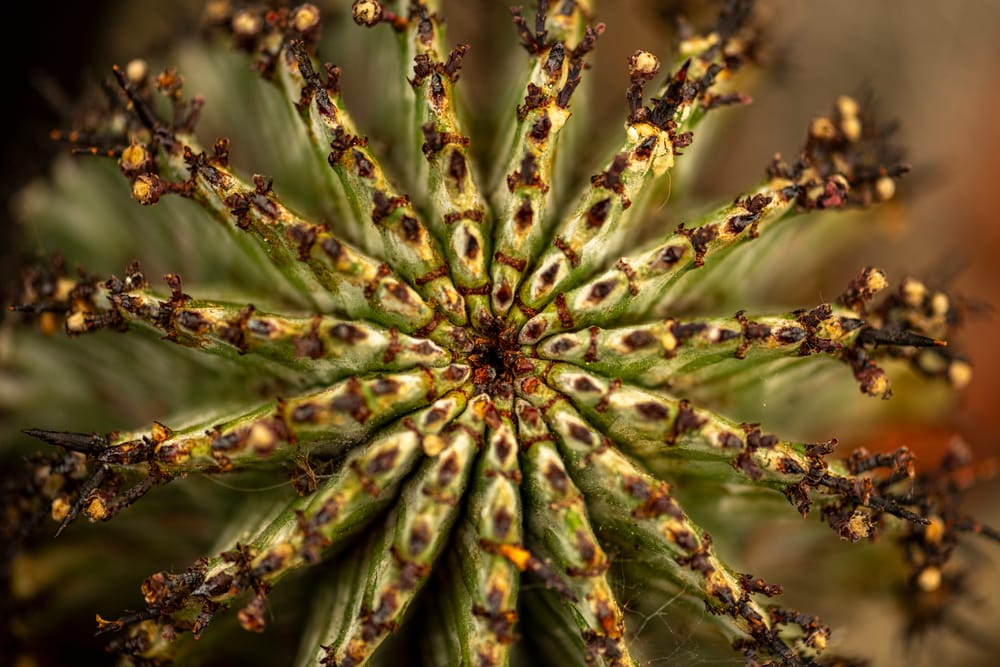In memory of Shaun Barnett, a passionate landscape and nature photographer whom many of us were privileged to know, we are republishing some of his insightful thoughts, memorable quotes, and valuable advice for fellow photographers from NZPhotographer Magazine. Shaun's work has left an enduring legacy that will inspire generations to come.
When we make images in nature, what are we doing? Representing reality, or creating an artful interpretation? And when we process an image, adding contrast, vibrance, and sharpening, are we ‘improving on nature’?
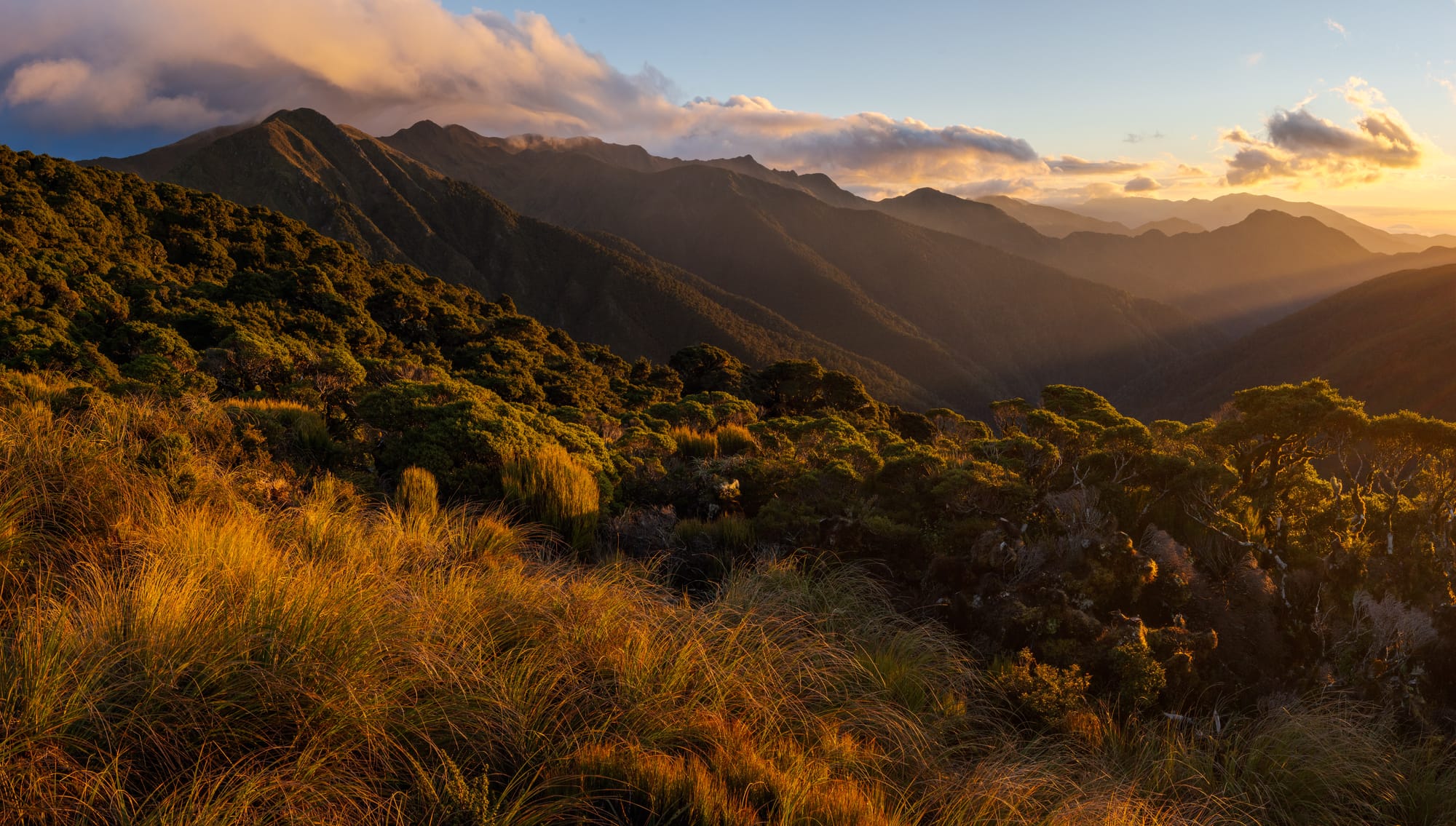
Some of the photography I like to do is indeed partly illusion. When I use a tripod, a suitable F-stop for great depth of field, and a slow shutter speed, I can render the run of a stream into a silky flow—something that cannot be recorded by the eye. A friend who loathes this style of photography calls it pornography. For him, it’s a corruption of how he sees nature.
Well, that’s landscape photography, you might say. When you photograph birds, though, surely there can’t be much illusion? I would argue that a super-fast shutter speed can freeze a moment in the flight of a bird that is also impossible to see with the naked eye. So nature photography is at least partly an illusion.

Yet what draws us to make images of nature is real: we photograph real places and real creatures. What we are attempting to capture is something of the sense of wonder, wildness, or beauty—perhaps to convey something of the awe we experienced to those who were not there to witness it. Or perhaps to document aspects of nature for our own interest, or even science.
Another criticism of ‘scenic’ photography is that it hides the ugly aspects of humanity, creating another illusion. For example, Milford Sound in New Zealand’s Fiordland National Park is a sublimely stunning landscape. But photographs of it rarely show the rows of buses, hotels, or crowds. Images of Milford Sound are partly illusion: the camera faces outwards, not backwards. Like much photography, the image focuses the viewer’s attention on a highly selective frame, one deliberately excluding what is not scenic. But that is also the essence of any photography: to exclude clutter and focus on the subject.
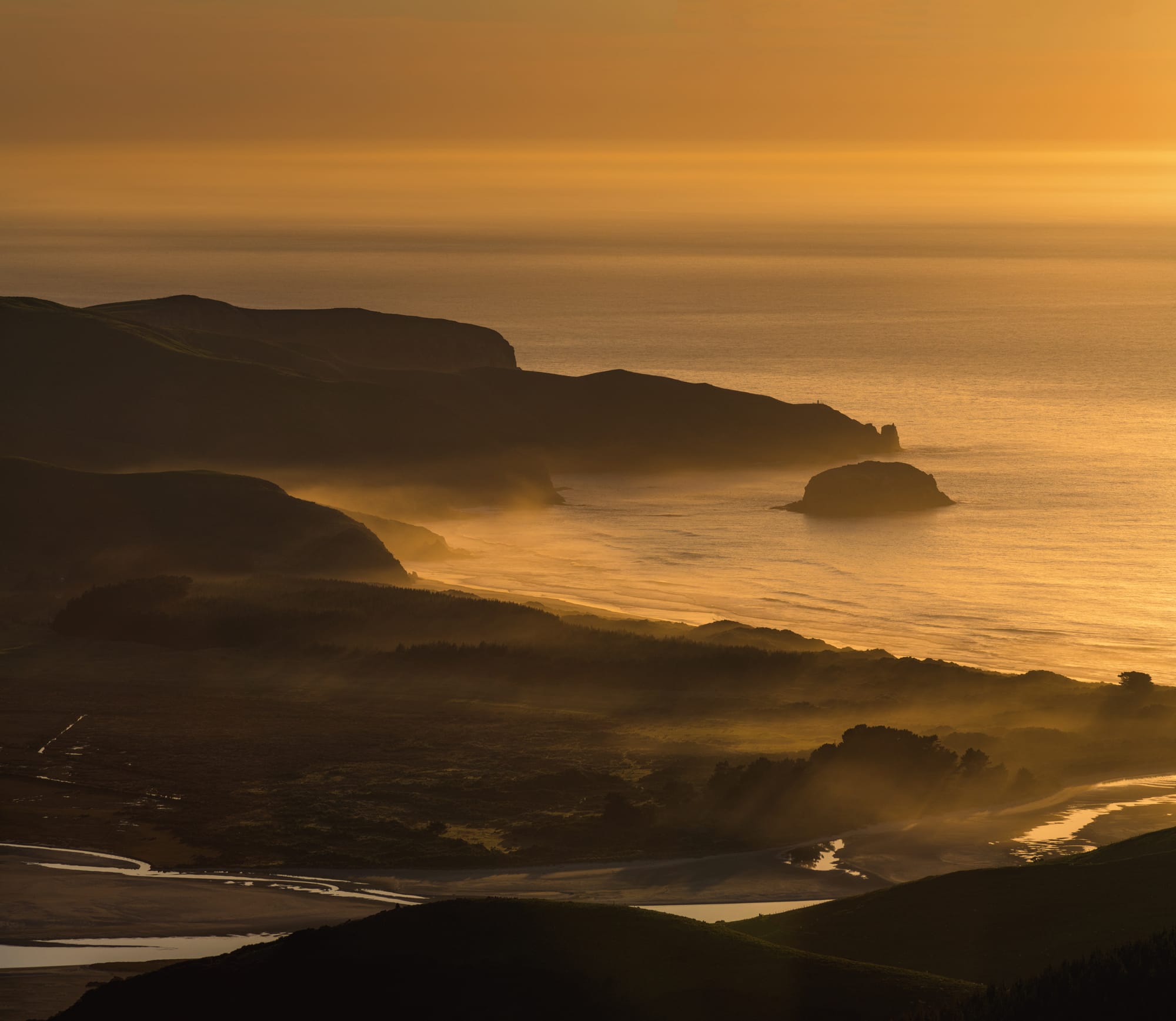
The fact is, the magnificence of that fiord is real and still has the power to stir us. That’s why 400,000 people visit Milford Sound every year, despite the crowds and tourism infrastructure. This is especially important in an age when social media platforms allow people to access, share, and re-share photographs continually. We need to be more conscious of not sharing specific locations (or geo-tagging) when doing so might cause problems to a sensitive area or species. We need to recognise when an area is too delicate for us to intrude. We need to respect the rights of wildlife. We need to be more thoughtful about the impact of photography, and to err on the side of caution. We need to be conscious that when we share a place on social media, others will follow.
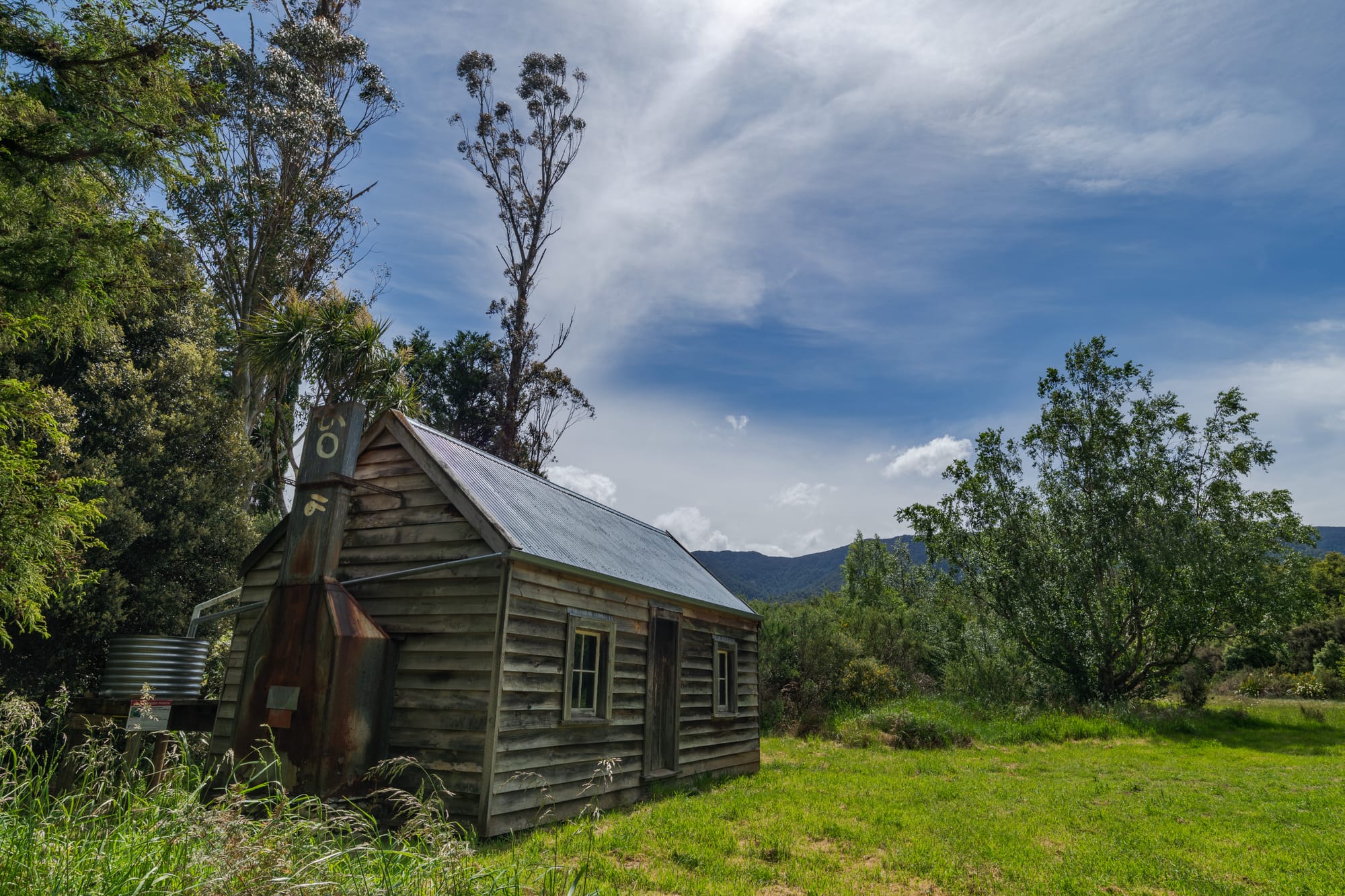
The reason why scenic calendars still sell is that—cliché notwithstanding—many people are fundamentally still interested in and moved by beauty, by nature. A hiker surmounting a pass also feels stirred enough to try and capture that scene on their point-and-snap camera or phone. Pure and simple landscapes unsullied by the presence of humans.
It’s easy to criticise ‘scenic’ photography as just chocolate box ephemera, but that’s partly disingenuous. Because anyone can take a picture, it is easy to under-appreciate really good nature photography. The best outdoor photography, like the best poetry or writing, has a fundamental power to inspire, challenge, or galvanise people.
Throughout New Zealand’s history, there have been many times—even over the last decade—when the government or industry proposes yet more mining, hydro, roading, or other destructive developments on our conservation lands. The price of conservation is eternal vigilance. And even the converted need to be reminded about the importance of this.
By interpreting nature with their own vision, perhaps the chaos of a forest interior, the seductive line of a mountain ridge, or a water-worn river stone, nature photographers can play a role in celebrating and preserving our wild places.

Any inspiring words to leave us with about following your passion?
Collaborate. Work with other people, and adopt a co-operative rather than a competitive attitude with other photographers. You’ll learn more, have more fun, and probably develop your own style faster.
Diversity. You have to be willing to shoot what people want. Creating the most artistic beautiful image in the world might be a valid goal, but for magazines and books, you need to shoot lots of different styles, and to some degree meet an audience’s expectations. To survive as an outdoor photographer in New Zealand, you have to be diverse and adaptable.
Others are better judges. It’s hard to evaluate your own work because you were there when the photo was made and you know how hard you might have worked to get that image. But that doesn’t mean anything to someone viewing the image in isolation from the place where it was made. My publisher, Robbie Burton, while not a photographer himself (and perhaps that helps), has a very good aesthetic sense, and I’ve learned to trust his judgement implicitly. He’ll often choose an image I had disregarded, or reject something I thought was really good.
Know when to put the camera down. Photography can be the greatest avenue to arouse curiosity, to unleash creativity, or to record what you care about. But it can be intrusive, and can destroy an experience. Once, I grew frustrated trying to photograph a robin, which would not stay still long enough for me to get a decent shot. Then I realised my attitude was wrong. I needed to put my camera down, stop trying to shoot the bird, and instead enjoy the experience of interacting with a friendly native creature. Similarly, when travelling overseas, sometimes it is just not appropriate to treat the locals as photographic subjects, and if they don’t want their photo taken you should respect that. I think we can fool ourselves that just because we have a camera, we have licence to shoot whatever we like.
Shoot what you love and learn about it. To get good images of anything, I think you need some empathy with the subject and some knowledge of it. What is that alpine flower? Who is that person, and what is their story? What is the history behind that hut?
